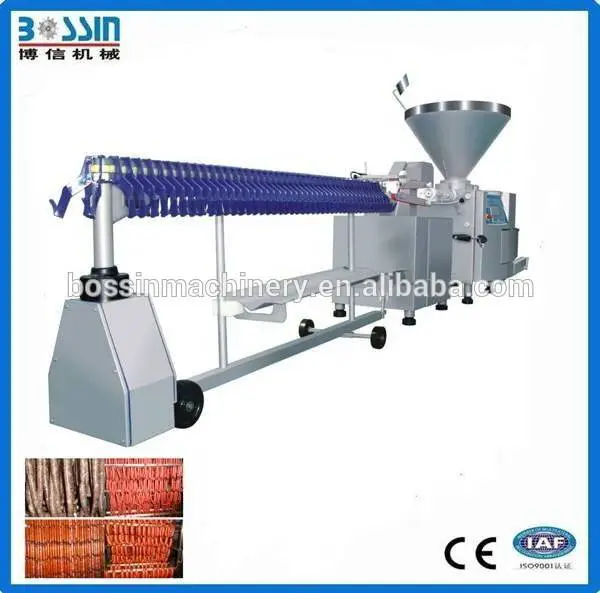
ສ.ຫ. . 19, 2024 21:56 Back to list
Fish Coating Machine for Efficient Breaded Seafood Production
The Evolution and Impact of Fish Breading Machines in the Food Industry
In the fast-paced world of the food industry, efficiency and consistency are key elements that contribute to the success of any culinary establishment. One of the innovations that have revolutionized food preparation, particularly in seafood restaurants and fish processing plants, is the fish breading machine. This piece of equipment has not only streamlined the breading process but has also enhanced the quality of the final product, offering a competitive edge to businesses.
Fish breading machines are designed to automate the process of coating fish fillets with breading materials such as breadcrumbs or batter. The traditional method of hand-breading fish is labor-intensive and can lead to inconsistent results, including variations in thickness and coverage. With the advent of breading machines, establishments can ensure uniformity in portion sizes and breading thickness, which is essential for maintaining quality standards and pleasing customers.
One of the primary advantages of using a fish breading machine is the significant reduction in labor costs. In a bustling restaurant kitchen, time is money, and the manual labor involved in breading fish can consume valuable time that could be better spent on other culinary tasks. By automating the breading process, establishments can operate more efficiently, allowing staff to focus on preparing other dishes or providing better customer service. This is particularly important during peak hours when quick preparation and turnaround times are necessary to satisfy customer demands.
Furthermore, fish breading machines contribute to food safety and hygiene. They are designed with modern technology that minimizes human contact with food, thereby reducing the risk of contamination. This is especially crucial in the seafood industry, where freshness is vital. Many machines are constructed from stainless steel and other materials that are easy to clean and maintain, ensuring compliance with health regulations.
fish breading machine

Aside from operational efficiency and hygiene, there’s also the aspect of sustainability to consider. As seafood consumption continues to rise globally, businesses are increasingly tasked with sourcing their fish responsibly. Breading machines can assist in optimizing the use of breading materials, thus reducing waste. Advanced models allow operators to control the amount of breading used, ensuring that each piece of fish is coated just right without overuse of resources.
In terms of versatility, modern fish breading machines are capable of handling various types of breading materials and techniques, from traditional breadcrumbs to gluten-free options. This adaptability allows restaurants to cater to diverse dietary preferences and trends, such as the rising demand for healthier or specialty diets. Consequently, establishments can expand their menu offerings and attract a wider customer base.
Moreover, the technological evolution of fish breading machines has led to the development of more sophisticated models equipped with smart features. Some machines allow for the precise calibration of factors such as temperature, speed, and coating time. This level of control ensures high-quality output and uniformity, which are crucial for maintaining brand reputation in the competitive food market.
In conclusion, fish breading machines represent a significant advancement in the food industry, especially in the preparation of seafood. By enhancing efficiency, consistency, and food safety, these machines have not only improved operational processes but have also allowed businesses to adapt to market demands and consumer preferences. As technology continues to evolve, it is likely that we will see even more innovative features that further enhance the capabilities of fish breading machines, solidifying their role as a staple in modern kitchens and food production facilities worldwide.